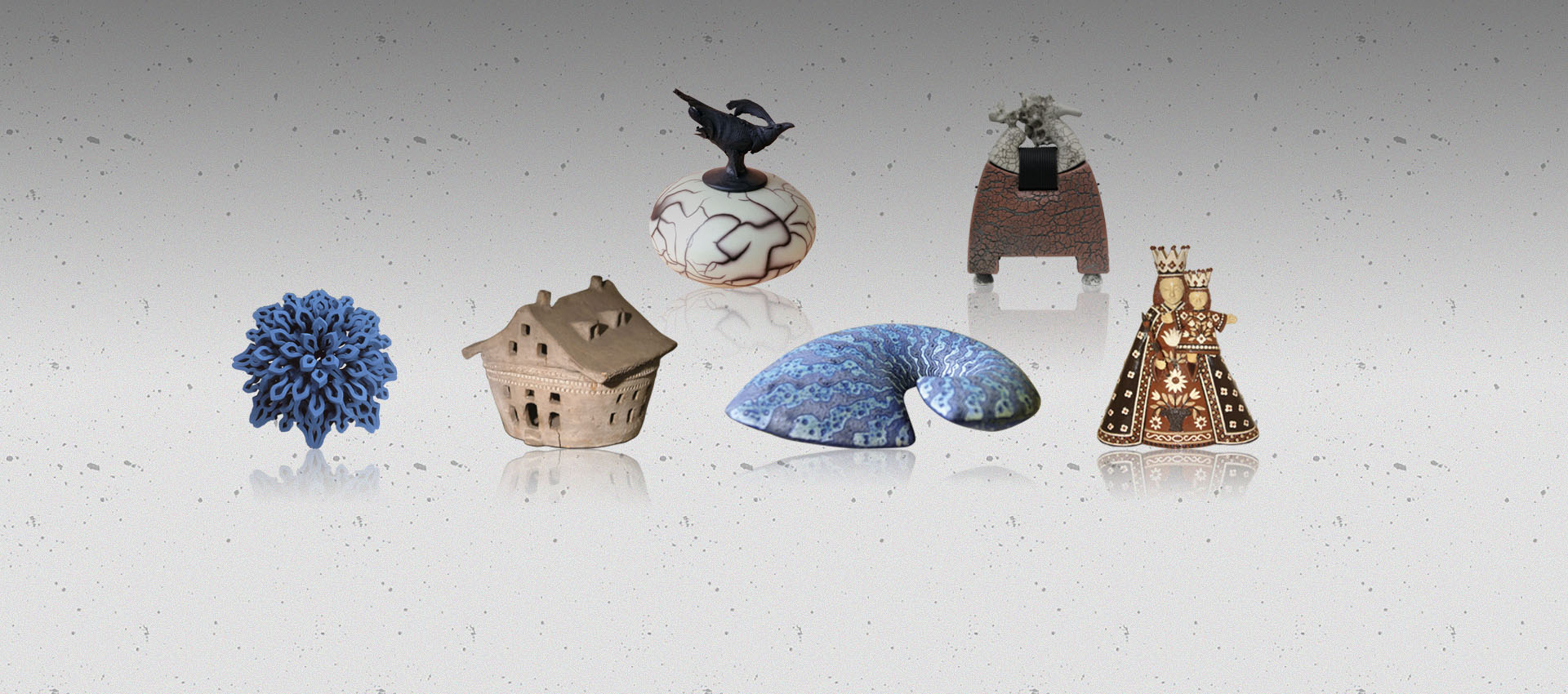
Composition of the collection
Two millennia of ceramics
The Tiendschuur collection has its origins in the red-firing clay from Tegelen soil. In the 18th and 19th centuries, many potters' ateliers used it to make functional ware. But this clay was also used to make coarse ceramic products (roof tiles, bricks, etc.). The oldest ceramic work in the collection dates from the Romans (± 100 AD), the latest works are creations by contemporary artists from all over the Netherlands and Europe.
Objects grouped into six sections
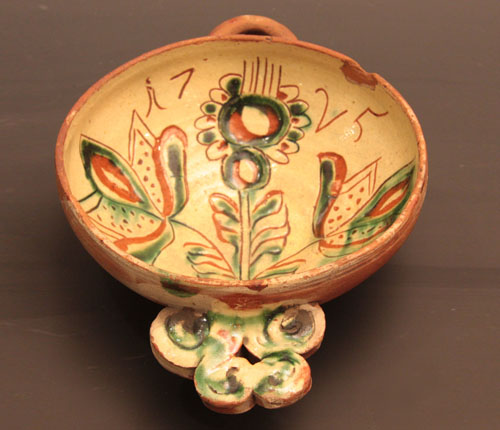
Tegelen Ceramics before 1936
Part of the collection originated from the initiative of Mr George Goossens, director of the Russel-Tiglia firm, to organise an exhibition of Tegelen folk art in 1935. The exhibition of this collection was considered so special that it was felt the collection should be kept together and made accessible to the public. To this end, in 1936 the 'Tegelen antiquities room' was set up as a permanent exhibition space for this collection. The collection was gradually expanded through donations and purchases from the local population.
The collection consists mainly of Tegelen ceramics: utilitarian earthenware such as kitchen utensils, crockery, pottery tools, storage jars (of which the tobacco jars are particularly special). Also in this collection are art objects, such as decorative stove top sets, religious statues, portraits and ornamental plates. Besides ceramics, this collection also includes finds from the Tegel clay excavations, such as fossils, hand axes, urns and Roman roof tiles. The oldest pieces are from 3000 BC.
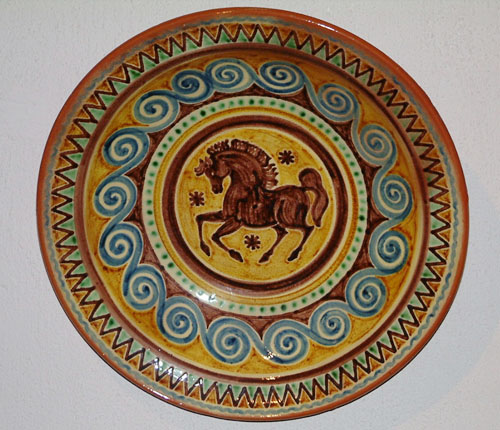
Tegelen ceramics 1936-1971
Mr George Goossens felt that the craft of Tegelen folk art should not be lost. Around 1936, he set up a fine-ceramic workshop within his coarse-ceramic company Russel-Tiglia, where ceramic products were made manually according to old-Tegelen techniques. The products from this workshop and other workshops form the second sub-collection, the so-called second wave of Tegel folk art. This collection is still being expanded, with donations and purchases from collectors and locals.
Apart from ceramics, this part of the collection also consists of design drawings, photographs and film material. In 1971, the Russel-Tiglia studio closed. Specifically, this collection consists of ceramics: pottery such as tableware and kitchenware. We also find many religious objects (such as patronalia, Christmas groups, holy water bowls and crucifixes), ornamental plates (mostly for special occasions such as weddings and anniversaries) and art objects. The lion's share of this collection was manufactured in the Russel-Tiglia workshop.

Tegelen ceramics after 1971
The fine-ceramic atelier Russel-Tiglia closed its doors in 1971, mainly due to insufficient yields and fierce competition with machine-made products. The last manager of this department, Mr Theo van Rens, then set up a course workshop using the materials and equipment from the workshop. By providing courses, the old-Tegelen techniques could still be preserved. Among other things, he set up a course for unemployed young people who wanted to be retrained as ceramists. One of the students, Niek Hoogland, became a professional ceramist and still works with the old-Tegelen techniques. He belongs to the third wave of Tegelen folk art. This sub-collection consists of ceramics manufactured after 1971 by Tegelen ceramists, the main part consists of work by Jacques Bongaerts, Wim Caus, Niek Hoogland and Harry Trienes. Here we find utilitarian objects, such as crockery and kitchenware, religious objects, but mainly art and decorative objects.
This sub-collection consists of ceramics made after 1971 by Tegelen ceramists, the main part being work by Jacques Bongaerts, Wim Caus, Niek Hoogland and Harry Trienes. Here we find utensils, such as crockery and kitchenware, religious objects, but mainly art and decorative objects.
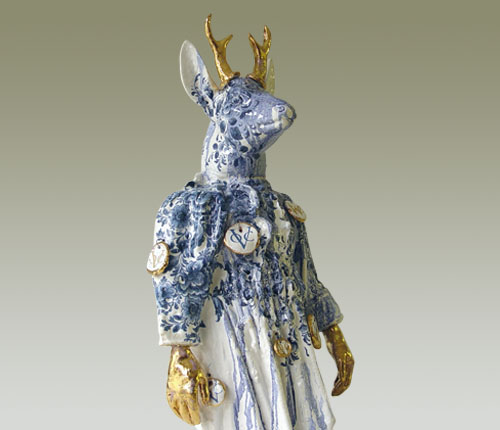
Contemporary ceramics from the Tegelen region
This collection contains the most important ceramists from the immediate Tegelen area, including Joop Crompvoets, Hein Severijns and Stan Linssen. The ceramic objects in this collection are utilitarian/service ware and art objects. In particular, the vase shapes in this collection with matt crystal glazes by Hein Severijns are very special and world-famous. Joop Crompvoets comes from a long pottery tradition and works a lot with wood-fired stoneware with salt glazes. His work shows great craftsmanship. He is also internationally renowned.
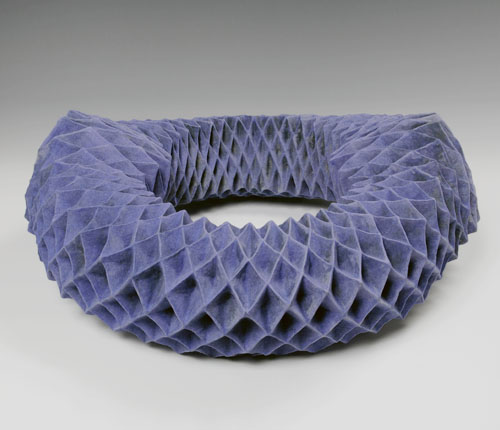
Contemporary ceramics from outside the Tegelen region
Purchases are also regularly made from temporary exhibitions. The emphasis here is on contemporary ceramics. The region receives ample attention, but ceramicists are also selected from other areas with an increasingly broad perspective. The meshes of the purchasing policy are fine in Limburg and gradually become coarser towards the Netherlands and Europe, so that ultimately only the most important ceramists in the international ceramics world remain.
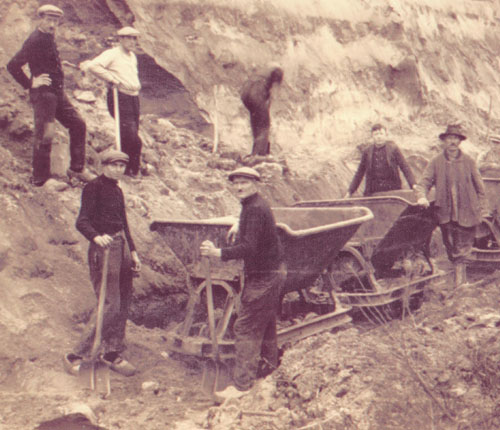
Tegelen ceramics industry from 1773 to 1980
This part of the collection covers a collection belonging to the industrial heritage from the Tegelen coarse-ceramic industry. It includes a broad collection of bricks, tiles, moulds, forms, fittings and tools, machines and photographs, running from the oldest factory in 1773 to 1980. Around that time, we see a concentration in production through mergers, acquisitions and internationalisation that ends the typical Tegelen character of this sector.

